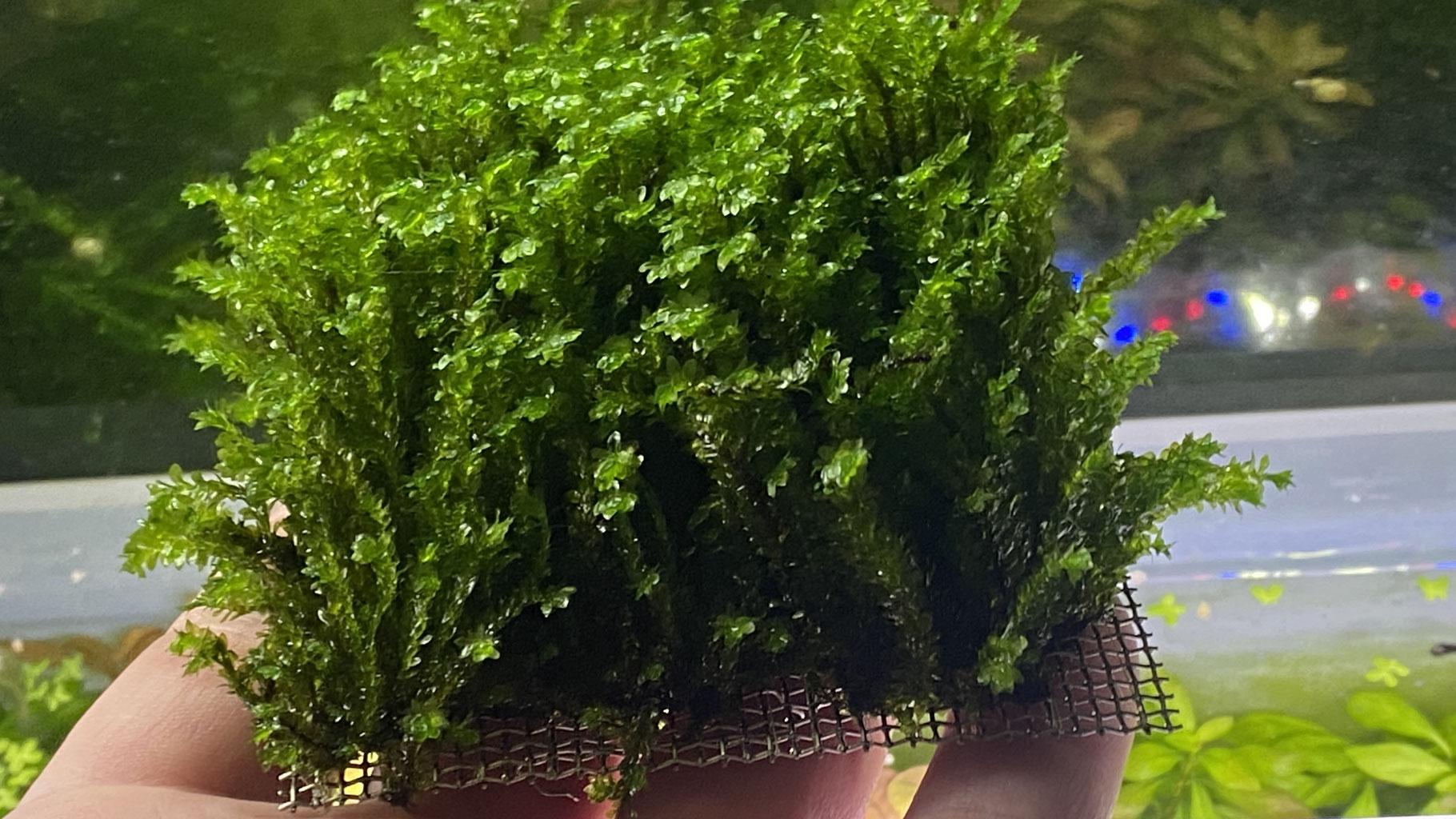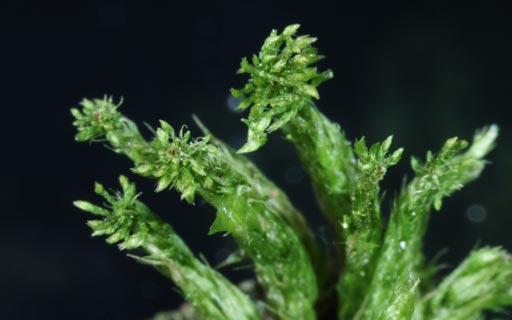
trichocoleopsis-sacculata.jpg from: https://www.earth.com/plant-encyclopedia/bryophytes/neotrichocoleaceae/trichocoleopsis-sacculata/en/
Trichocoleopsis sacculata: The Fascinating Moss of the Neotrichocoleaceae Family

image.jpg from: https://kokemusuzukan.jimdofree.com/2020/06/20/イヌムクムクゴケ/
Introduction
The world of mosses is full of incredible diversity and fascinating species. One particularly interesting moss is Trichocoleopsis sacculata (Mitt.) S.Okamura, a member of the Neotrichocoleaceae family. Also known simply as Trichocoleopsis, this moss has some unique characteristics that make it stand out. In this blog post, we’ll take a closer look at T. sacculata and explore its morphology, global distribution, habitat, ecological roles, and adaptations.

20210319181319416s.jpg from: https://sabumoss.blog.fc2.com/blog-entry-494.html
Background
Mosses are small, non-vascular plants in the division Bryophyta. There are over 12,000 species of moss found all over the world in a variety of habitats. Mosses lack true roots, stems, and leaves. Instead they have leaf-like structures called phyllids and thread-like rhizoids that anchor them to surfaces.
The Neotrichocoleaceae are a small family of leafy liverworts, which are non-vascular plants closely related to mosses. The family contains just two genera – Neotrichocolea and Trichocoleopsis. Trichocoleopsis sacculata is the only species in its genus.
Morphology and Identification
T. sacculata forms loose mats of irregularly branched shoots. The shoots are 1-3 cm long and have leaves arranged in three rows. The leaves are deeply divided into 2-4 finger-like lobes. A key identifying feature is the presence of pouch-like lobules at the base of some leaves. These lobules are rounded sacs that give the species its name – sacculata means “with little sacs.”
The underside of the shoots have numerous rhizoids and scale-like amphigastria (underleaves). Oil bodies are present in the leaf cells.
Global Distribution and Habitat
Trichocoleopsis sacculata has a scattered distribution across Asia, Oceania, and Central/South America. Some of the countries/regions where it’s found include:

trichcoleahatche.jpeg from: https://www.kaimaibush.co.nz/liverworts/trichocoleaceae.html
- Japan

Tricocolea.jpg from: https://www.utas.edu.au/dicotkey/dicotkey/Lworts/TRICHOCOLEACEAE/ZTric_moll_wet.htm
- Taiwan
- Philippines
- Indonesia
- Papua New Guinea
- Hawaii
- Mexico
- Costa Rica
- Colombia
- Brazil
This species typically grows on tree trunks, branches, and twigs in humid montane forests from 500-3000 meters elevation. It is often found in association with other bryophytes and lichens as an epiphyte (a plant that grows on other plants).
Ecological Roles and Adaptations
Like other mosses and liverworts, T. sacculata plays important ecological roles:
- Provides habitat for micro-organisms
- Helps retain moisture
- Prevents erosion
- Participates in nutrient cycling
The lobules on its leaves are an interesting adaptation with several proposed functions:
- Provide additional surface area for absorbing water and nutrients
- May offer protection for the developing reproductive structures
- Trap small invertebrates which then die and decompose, providing nutrients
Another adaptation is the oil bodies present in its cells. These are thought to help with:
- Deterring herbivores
- Preventing desiccation
- Providing frost resistance
Case Studies and Examples
There have been a few studies done on Trichocoleopsis sacculata investigating its taxonomy, distribution, and ecology. For example:
A 2010 study revised the genus Trichocoleopsis and affirmed T. sacculata as the only species based on morphological characters and DNA sequence data.
A 2012 survey of epiphytic bryophytes in Taiwan found T. sacculata growing on tree trunks in broadleaf forests from 1200-2300 m elevation. It was one of the dominant species in some locations.
Lawn-moss-resized.jpg from: https://www.myhometurf.com.au/lawn-tips/how-to-control-moss-in-lawns/
A 2015 analysis of oil bodies in liverworts included T. sacculata and noted the presence of several different types of oil bodies in its leaf cells.
Technical Table

38174b6453bcb798beb84e357013842b.jpg from: https://okrujaushiy-mir.ru/rastenija-krasnoj-knigi-rossii/trihokoleopsis-meshochkovyj-krasnaja-kniga-kratko-opisanie-foto/

grannen-schildfarn-borstiger-schildfarn-polystichum-setiferum-junge-farnwedel-vor-dem-ausrollen-TCHRR5.jpg from: https://www.alamy.com/grannen-schildfarn-borstiger-schildfarn-polystichum-setiferum-junge-farnwedel-vor-dem-ausrollen-image248712889.html

Taxiphyllum_taxirameum.jpg from: https://wildflowersearch.org/search?&tsn=16336
| Characteristic | Description |
|---|---|
| Genus | Trichocoleopsis |
| Species | T. sacculata |
| Authority | (Mitt.) S.Okamura |
| Family | Neotrichocoleaceae |
| Division | Marchantiophyta (liverworts) |
| Class | Jungermanniopsida |
| Order | Porellales |
| Geographic range | Scattered across Asia, Oceania, Central/South America |
| Habitat | Epiphytic, humid montane forests, 500-3000 m |
| Shoot length | 1-3 cm |
| Leaf arrangement | In 3 rows |
| Leaf lobes | 2-4, finger-like |
| Leaf lobules | Pouch-like sacs |
| Underleaves | Present, scale-like |
| Oil bodies | Present in leaf cells |
Conclusion
Trichocoleopsis sacculata is a prime example of the incredible diversity and fascinating adaptations found in the world of mosses and liverworts. From its unique lobules to its scattered distribution in mountain forests across multiple continents, this small but mighty plant is truly remarkable.

Okamuraea-brachydictyon000L.jpg from: https://digital-museum.hiroshima-u.ac.jp/~museum/habit/moss_habit/Okamuraea brachydictyon/Okamuraea_brachydictyon.html
The next time you’re hiking through a humid mountain forest, take a closer look at the plants growing on the trees – you just might spot a patch of Trichocoleopsis sacculata! Its presence is a reminder of the complex ecosystems and ecological roles that even the tiniest organisms can play.